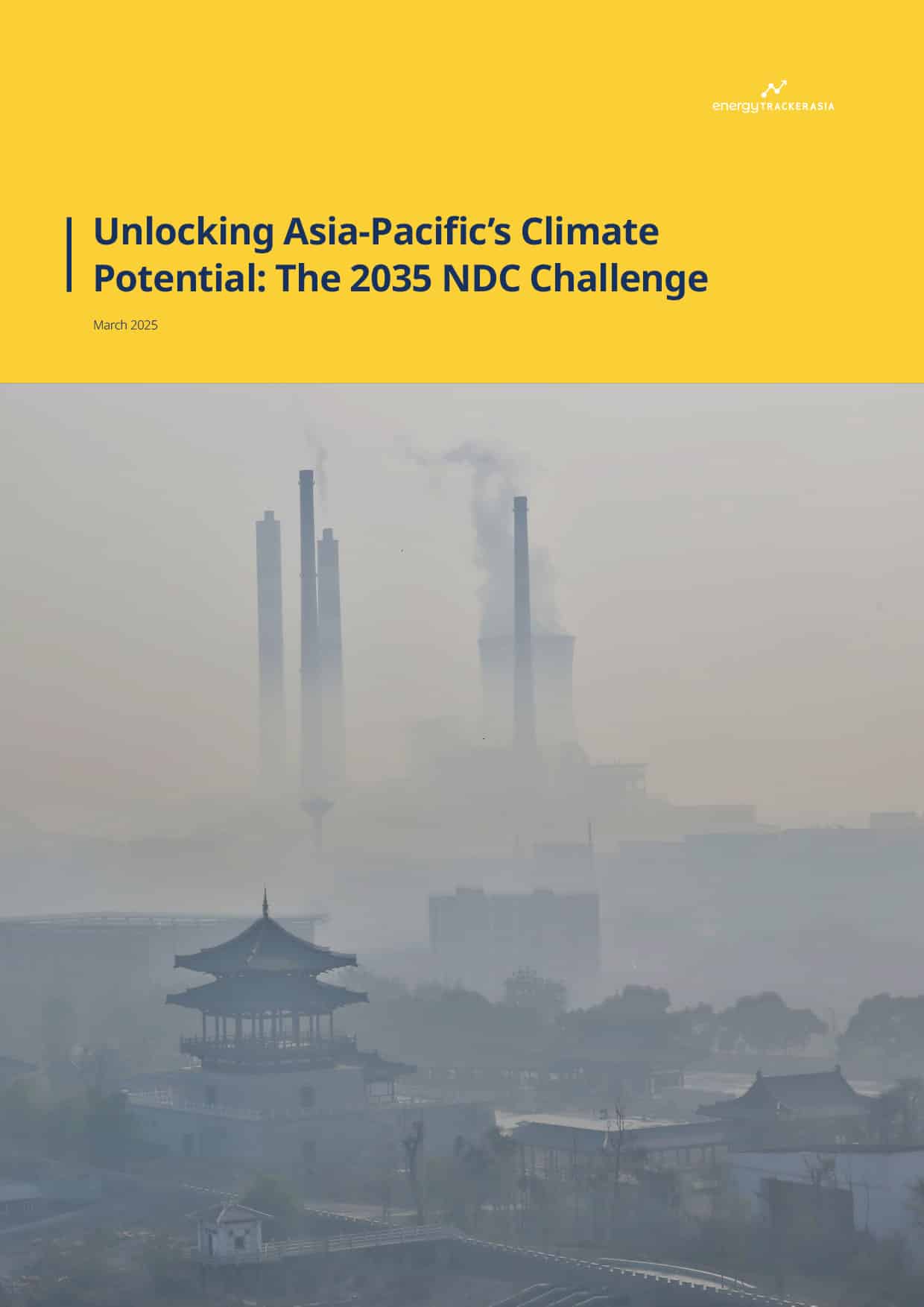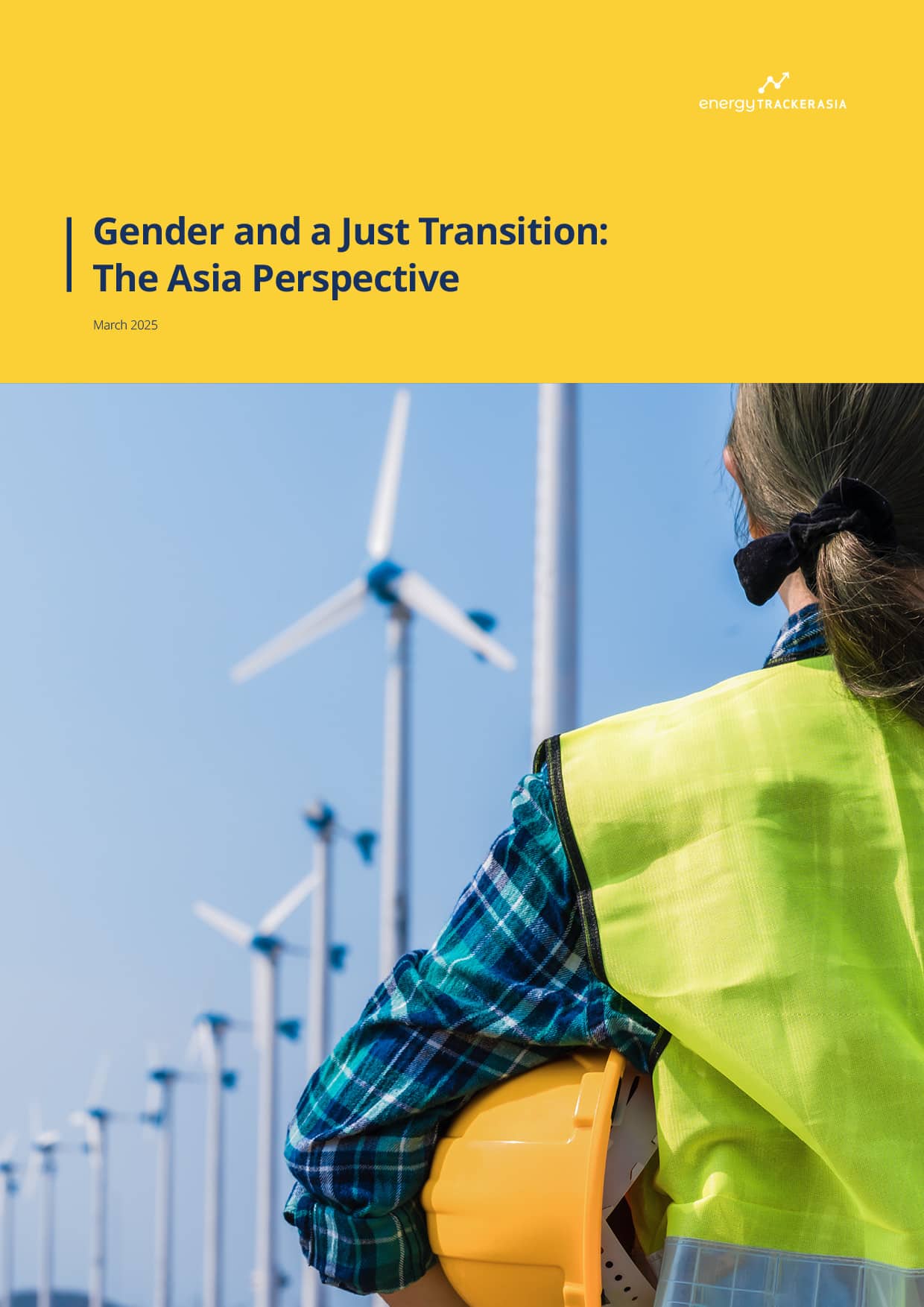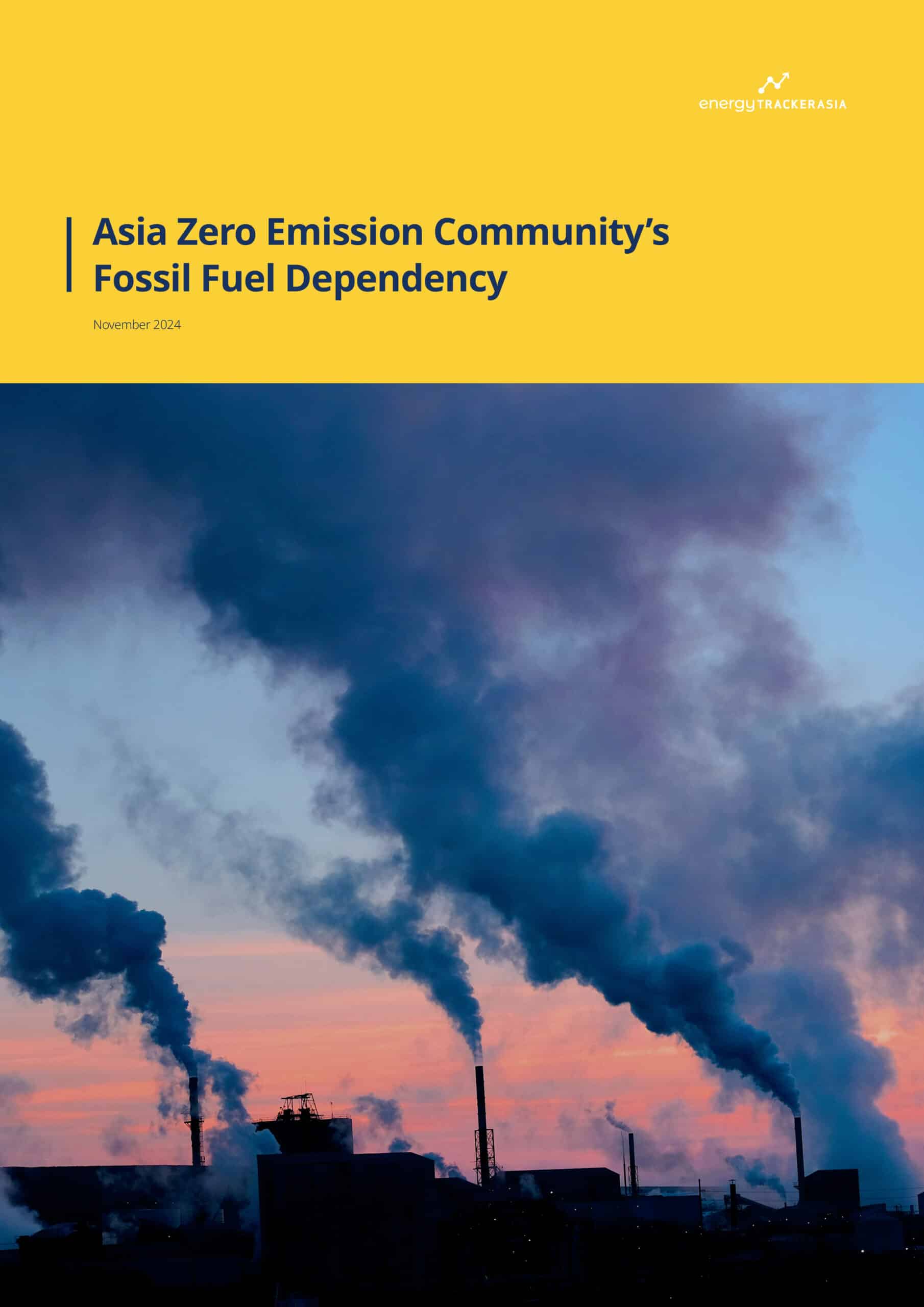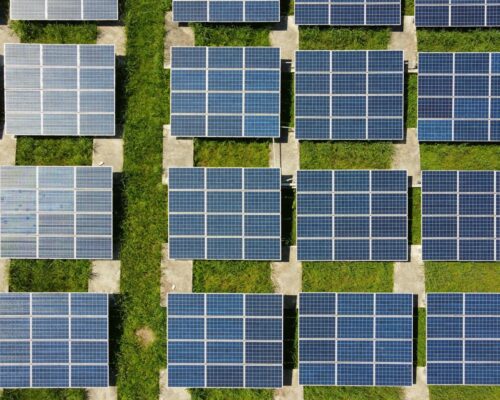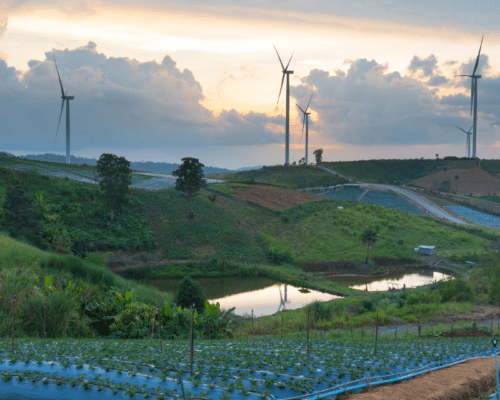China’s CO2 Emissions Fall For the First Time
11 June 2025 – by Viktor Tachev
The latest report published on CarbonBrief by Lauri Myllyvirta, co-founder of the Centre for Research on Energy and Clean Air, reveals that the CO2 emissions across different sectors of China’s economy of China are peaking thanks to renewable energy adoption. Importantly, the power sector is among those marking the biggest drop in emissions in what is a massive boost for global decarbonisation progress. The expert also sees a possibility of the trend continuing, including China achieving substantial absolute emissions reductions over the next five years. Whether that would indeed be the case depends on the policy choices.
However, the decarbonisation progress of China’s power sector and the accompanying benefits, including an economic boost and cheaper, more secure and cleaner energy, are sufficient arguments for other countries to follow suit. For Southeast Asia, a similar clean energy-focused strategy can unlock massive benefits, helping the region tackle some of its most pressing problems.
China’s CO2 Emissions Fall For the First Time Despite Growing Power Demand Thanks to Renewables: Carbon Brief
In the “Clean energy just put China’s CO2 emissions into reverse for first time” analysis, Myllyvirta reveals that China’s CO2 emissions dropped 1.6% in the first quarter of 2025 and by 1% in the past 12 months. Importantly, this is the first decline that took place while demand surged. The research, which accounts for official figures and commercial data, finds that China’s CO2 emissions have already been stable or decreasing for over a year.
Furthermore, the report concludes that power-sector emissions have dropped 2% year on year between March 2024 and March 2025. Over the first quarter of this year, they fell 5.8%, while power demand jumped by 2.5%. Notably, coal and gas generation declined by 4.7%.
According to Myllyvirta, China’s power-sector emissions will likely continue declining in 2025 as well, potentially causing a sustained decline.
Looking beyond electricity generation, all sectors registered a fall in emissions over the most recent four months from December 2024 to March 2025, except for the coal-to-chemical sector. In fact, the expert finds that, in addition to the power sector, emissions have likely also peaked in the building materials and steel sectors, as well as oil products consumption, although potential short-term rebounds remain a possibility. Collectively, these sectors represent over 80% of China’s fossil fuel-related CO2 emissions.
The results are yet another indication that China’s CO2 emissions could be close to reaching a peak, a plateau or even a period of structural decline, which experts have been discussing for a while.
Renewables as the Main Reason for the Decline in Carbon Dioxide Emissions in China
Myllyvirta’s analysis concludes that the drop was due to sufficient amounts of electricity supplied from new solar, wind and nuclear power, which exceeded the current and long-term average power demand growth, significantly reducing the need for fossil fuels. The increase in hydropower, mainly related to seasonal variation, also helped push down fossil power generation.
In 2024, China installed solar farms at a rate of 759 MW per day, the IEEFA notes. In fact, the solar power industry contributed over 10% to the country’s GDP growth.
Whether the trend continues and China keeps on slashing power sector emissions will also depend on what happens after its new wind and solar pricing policy comes into force in June. The legislation would remove price guarantees pegged to coal-power prices and allow new wind and solar projects to secure direct contracts with electricity buyers.
According to the report in CarbonBrief, project developers would be in an immediate rush to complete installation and secure guaranteed prices. Myllyvirta expects this year’s clean power installations in China to continue their staggering growth, surpassing last year’s records. The China Wind Energy Association forecasts a new record for offshore and onshore wind projects of up to 115 GW, topping the record-breaking 80 GW added in 2024. The organisation forecasts volumes will stay at these levels in 2026 before they grow further towards 2030. The China Electricity Council predicts an even stronger year for wind power, with 120 GW of additions.
Solar power is likely to see an 8.1-22.5% drop this year, according to forecasts by the China Photovoltaic Industry Association. However, the trend is expected to be temporary before growth recovers.
Furthermore, due to US President Donald Trump’s aggressive tariff policy, the Chinese government limited exports and shifted its economy toward domestic consumption. According to some studies, for every 0.5 to 1 percentage point reduction in China’s GDP growth due to tariffs, there would be a similar demand reduction for coal.
The Peaking CO2 Emissions of the Power Sector in China Are a Nudge For Southeast Asia
According to Myllyvirta’s analysis, Trump’s tariffs on China have motivated the latter to compensate by creating domestic markets for its products. The country is also likely to push harder to increase its influence across Southeast Asia. In recent years, China has been actively scaling up its renewable energy investments and building clean technology factories. Furthermore, President Xi Jinping recently also embarked on a tour of Southeast Asia to sign economic cooperation agreements.
The Council on Foreign Relations (CFR) notes that ASEAN opinion leaders are increasingly aligning with China. Meanwhile, Beijing is also ramping up aid and foreign investment in the region to shore up the vacuum left by the US. This is an increasingly important strategic step, considering the US’s withdrawal from the JETPs for Indonesia and Vietnam, which it helped launch alongside partners. Trump’s move is estimated to affect over USD 3 billion in commitments to both countries, although other countries like Germany and Japan have stepped in to fill the gap.
“Now China will supercharge efforts in Southeast Asia markets, which it sees as critical and well-aligned destinations for its green technologies,” explains Ben McCarron, managing director at Asia Research & Engagement. “China will be powerfully incentivised to ensure policy and implementation plans enable fast adoption of green energy across the region, in support of its exporters. The green products will likely be at competitive price points, offering a compelling proposition.”
China’s strong results in power sector decarbonisation, as well as leaps in improving energy security and affordability, can inspire Southeast Asian nations to be more decisive in opting for proven solutions to the region’s existing problems.
Notable Progress But Too Early to Celebrate
The analysis reveals that, despite the drop, China’s CO2 emissions remain just 1% below the latest peak. As a result, even short-term jumps could push them to record levels. Furthermore, experts note that, after exceptionally slow progress between 2020 and 2023, China remains significantly off track for its 2030 commitment to reduce carbon intensity and is almost certain to miss its 2025 target. According to Myllyvirta, if China remains committed to its 2030 pledge, its acceleration would need to be reflected in the long-term targets, particularly for clean energy deployment and emissions reductions, set in its next five-year plan due next year.
While China has proved capable of achieving and surpassing its targets, its efforts alone won’t help the world retain the 1.5°C target. According to the World Meteorological Organization (WMO), due to the extremely long life of CO2 in the atmosphere, the temperature level already observed will persist for several decades even if emissions are rapidly reduced to net zero.
Alternatively, the world races with time, and as long as emissions continue to increase, greenhouse gases will keep accumulating, leading to a rise in global temperatures. The scale of the challenge necessitates an urgent and decisive response.
The best opportunity is the NDC updates due this year, in which countries will declare their emissions reduction ambitions for the next decade — the most decisive period in our history. The recent developments in China should give nations the much-needed push to recognise and capitalise on the benefits of decarbonising their economies — from cost-cutting and energy security to ensuring a liveable future.
by Viktor Tachev
Viktor has years of experience in financial markets and energy finance, working as a marketing consultant and content creator for leading institutions, NGOs, and tech startups. He is a regular contributor to knowledge hubs and magazines, tackling the latest trends in sustainability and green energy.
Read more